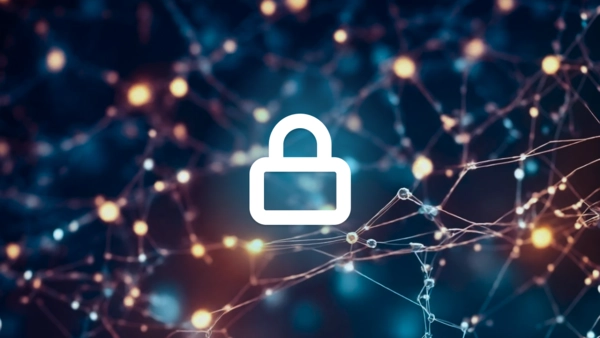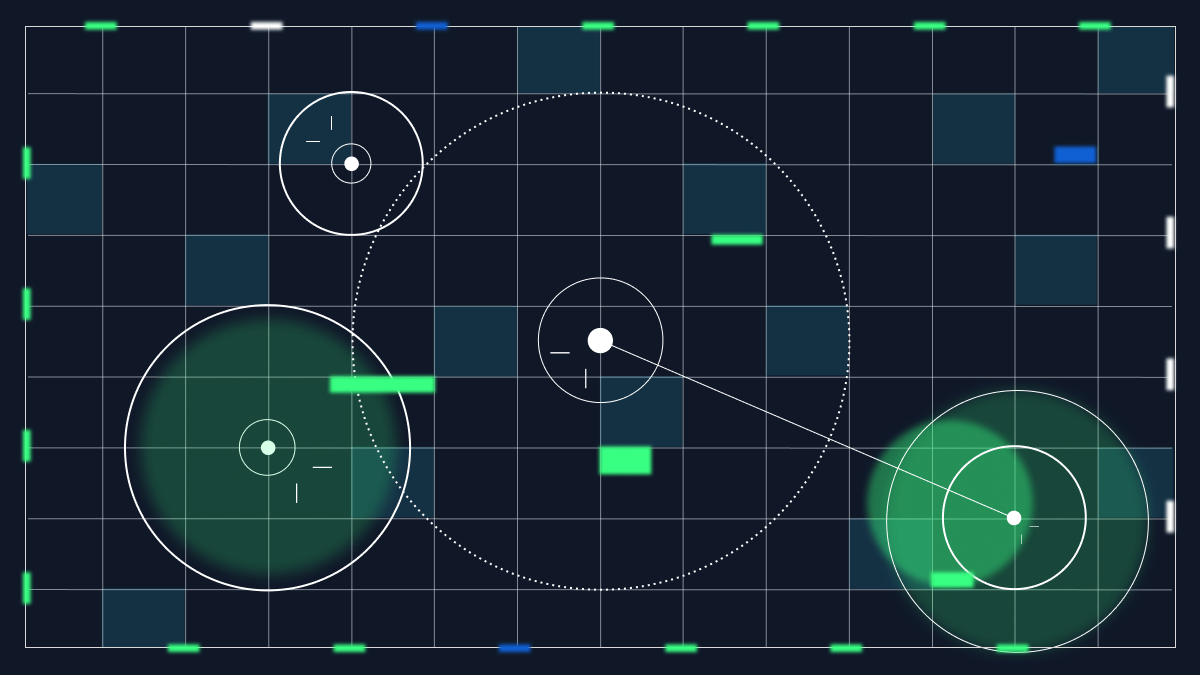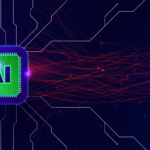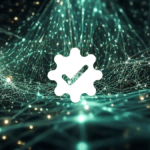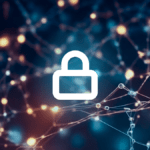Burnout has been rife within the cybersecurity sectors for years. But, this year, it seems many SOC analysts have reached breaking point. With 71% reporting burnout and 64% considering leaving the cybersecurity field altogether, it’s clear that something has to change in the security operations center (SOC).
The question is…what? Most CISOs are no stranger to adopting new tools and leaning on MSSPSs. And still, alert fatigue and data security incidents continue to escalate.
One promising solution takes the form of the agentic SOC—a much-hyped (almost futuristic) vision for security operations that’s autonomous, low-touch and lightning fast.
Let’s take a look.
What makes a SOC agentic?
The agentic SOC involves embedding AI agents (autonomous, self-directed machines) into the operational fabric of security.
These agents are a step beyond SOC automation. They have the capacity to observe, reason, and make decisions. In effect, they can become ‘digital’ members of the security team, taking on both simple and complex tasks on behalf of analysts—and lightening their load in the process.
Think of it this way. The traditional SOC is somewhat like an air traffic control tower. Analysts need to manually monitor alerts, coordinate handoffs, and guide every incident to resolution. For the most part, this workflow does the job. But when traffic surges, it can become overwhelming to handle.
The agentic SOC, on the other hand, is more like an autonomous flight system. AI agents act as thinking, doing copilots. They can assess the landscape, make informed decisions, and take action without requiring human input. Human analysts are still, of course, in the cockpit, but they’re focused on oversight and strategy, not every minor course correction.
The benefits of the agentic SOC
Today’s SOC isn’t designed for the complexity of the modern threat landscape. With the rise of AI attacks, cloud applications, and the dispersed hybrid workforce, security teams need more from technology—and that’s exactly what the agentic SOC promises to deliver.
Here’s a closer look at the benefits.
- Tackles analyst burnout at scale: AI agents can manage the onslaught of daily alerts with contextual precision, filtering noise and escalating only the highest-confidence threats—freeing human analysts to focus on complex cases rather than endless triage.
- Bridges the cybersecurity skills gap: With 3.5 million cybersecurity jobs unfilled worldwide and average SOC analyst tenure shrinking to just 18 months, talent shortages are acute. Autonomous AI agents effectively act as digital teammates, taking ownership of specific tasks and operating independently.
- Reduces data security incidents: AI agents can autonomously handle early-stage investigations and filter false positives, cutting down the volume and impact of security breaches.
Where are we now?
The AI-enhanced SOC sounds like a dream…And that’s because, right now, it still is. As analysts note, the wholly agentic SOC is at least a few years away from coming to fruition. And that’s probably a good thing, given that most SOCs aren’t operationally ready for complex agentic AI deployments.
These agents, after all, aren’t plug-and-play solutions. They need access to vast amounts of contextualized data to be effective. At the same time, this access must be carefully governed for security and compliance purposes.
The reality in most SOCs today tells a different story. Data is fragmented across siloed tools, context lives in analysts’ heads or buried in ticketing systems, and processes rely on tribal knowledge and manual coordination.
Clearly, there’s a lot of work to do (both for vendors and SOC teams) to prepare for the agentic future.
Enhancing SOC operations—now and for the future
While security leaders should undoubtedly lay the groundwork for the agentic SOC, this only adds more to their workload in the short-term—and leaves the pressing question about security team burnout unanswered.
What’s needed now are tools that deliver the benefits of agentic AI—without requiring a full architectural overhaul.
That’s where no-code, AI-enhanced platforms like Polymer Runtime Data Security come in.
They offer a practical way to minimize data security risks and reclaim bandwidth—without adding complexity or waiting for a complete architectural overhaul.
Here’s how:
- Fast implementation: Skip months-long integrations and start classifying, monitoring and protecting sensitive data from day one.
- Fewer manual touchpoints: Offload investigations to intelligent tooling that acts autonomously.
- Simplified operations: Intuitive, no-code interfaces bring AI-driven security within reach of team members of all experience levels.
- Transparent AI decisions: Maintain oversight with clear, auditable logs—no black-box guesswork.
- Evolving protection: Stay ahead of AI-powered threats with a system that adapts and learns using neural networks.
Discover how Polymer Runtime Data Security can help you move closer to agentic SOC operations. Request a demo now or download our whitepaper: Beyond the AI hype cycle: why SOCs are choosing low-code, no-code alternatives.

